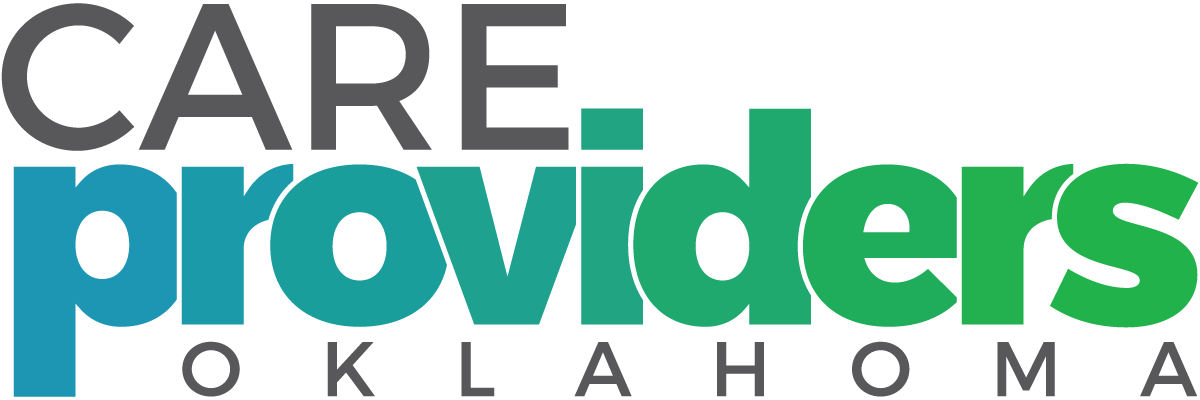C3 De-escalation for Care Providers - NAB approved - #2404A
Monday, April 29, 2024 (12:30 PM - 5:00 PM) (CDT)
Description
C3 De-escalation is an innovative, practical technique that works with brain function to calm aggressive or distraught individuals. Developed by Andra Medea, who taught at Northwestern University and the University of Chicago, C3 was funded in Iowa to train staff across a broad range of mental health and disability services. With over 6,000 practitioners, C3 is calm, humane, and user friendly. Each participant will receive the C3 De-escalation workbook, and will work in teams to create de-escalation action plans for their own workplaces. This training is for anyone working in NH, AL, ICF/IID and Mental Health settings. Objectives: 1. Acquire skilled to calm a patient who is angry, frustrated or overwhelmed. 2. Decrease stress and burnout in staff 3. Create a de-escalation plan that is actionable, practical, and supports human dignity. Instructor: Patti Treibel-Leed, MS, Master Instructor, C3 De-escalation, C3 De-escalation There is limited seating in this training class.
How Does It Work?
C3 De-escalation® targets a breakdown in the brain. Stress or anger– i.e. “losing it”– causes a physical short-circuit. Brain sections that handle self-restraint, reason and consequences essentially disconnect. This can result in outbursts of aggression, agitation, or reckless behavior.
We’ve all experienced this to some degree. However, someone with mental health or addiction issues is more vulnerable, often with worse consequences.
C3 provides three groups of techniques to help the brain calm down and stabilize:
Calm:
Stress chemicals trigger the short-circuit. C3 provides ways to lower the stress chemicals, giving circuits a chance to re-connect.
Example: Any large muscle action drops adrenaline. For instance, if you walk someone around or walk them up a flight of stairs, you’ll find they’re less agitated and less aggressive at the top of the stairs than at the bottom. It’s that fast. Just be sure they’re safe to walk up a flight of stairs.
Circuit:
Since parts of the brain disconnect, C3 provides ways to cue disconnected parts and jump-start the circuit.
Example: One disconnected part puts things into order. So ask simple sequence questions: “What happened first?” Then, “What happened next?” Other simple sequences are asking for an address or having them spell their own name. As you step them through the sequence, you’ll hear their voices calm down and their agitation lessen.
Connection:
Typically there’s a lead time before the actual explosion. If we notice the signs and intervene wisely, we can stop the explosion before it happens. C3 shows how to connect the dots: spot the pattern, head off the eruption.
$100.00 per person member NO CEs
$125.00 per person member WITH CEs (4 hours)
$150.00 per person non-member NO CEs
$175.00 per person non-member WITH CEs (4 hours)
Limited seating. Registration cut-off is April 19 at 4:00 p.m. or when all seats are reserved.
2501 Conference Drive
Norman, OK 73069 United States
Training class will be conducted in University Ballroom. Enter at the east end of hotel at conference entrance. Check-in located at Care Provides Oklahoma registration desk.
Class check-in: 11:30 a.m. to 12:30 p.m.
Class: 12:30 p.m. to 5:00 p.m.


